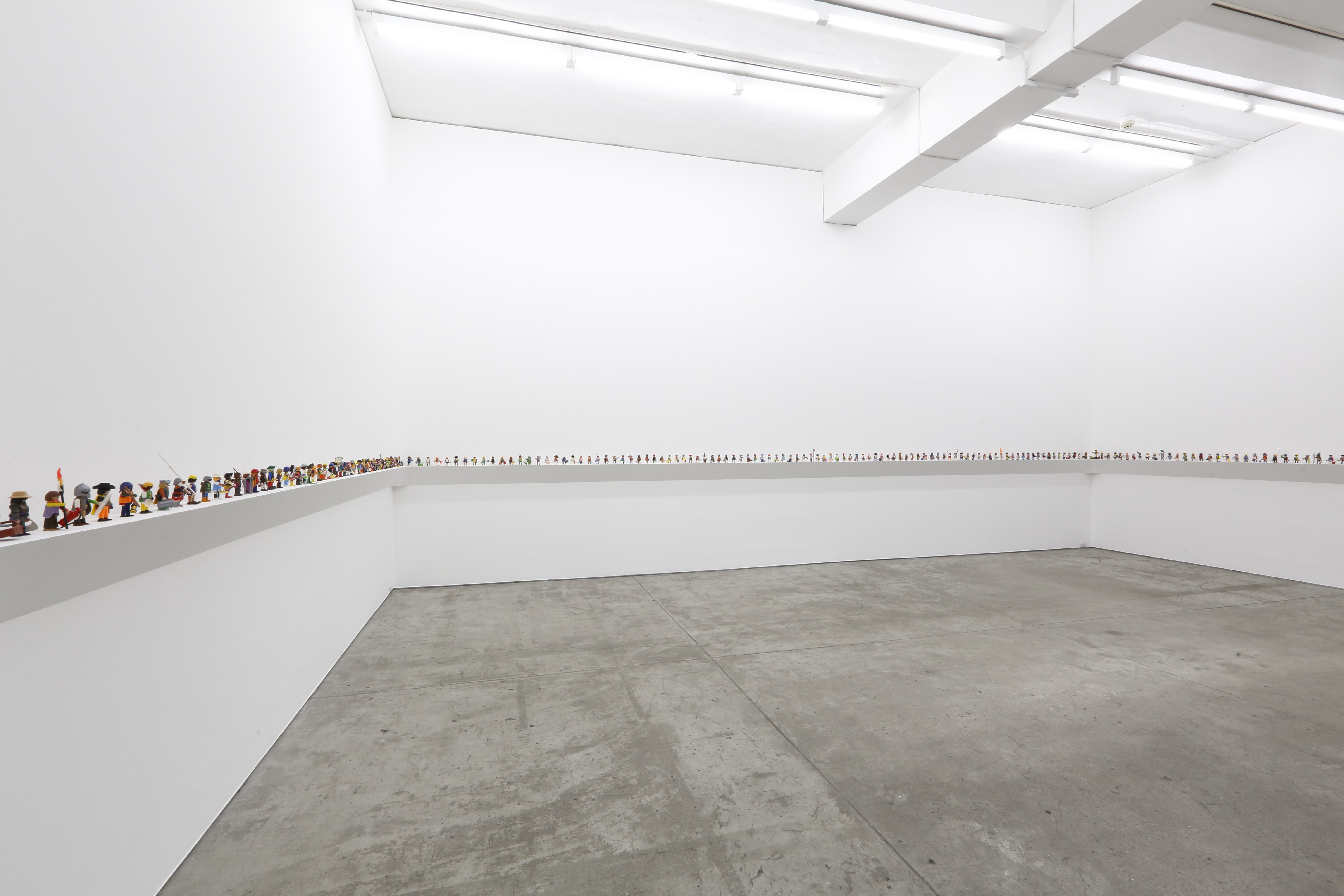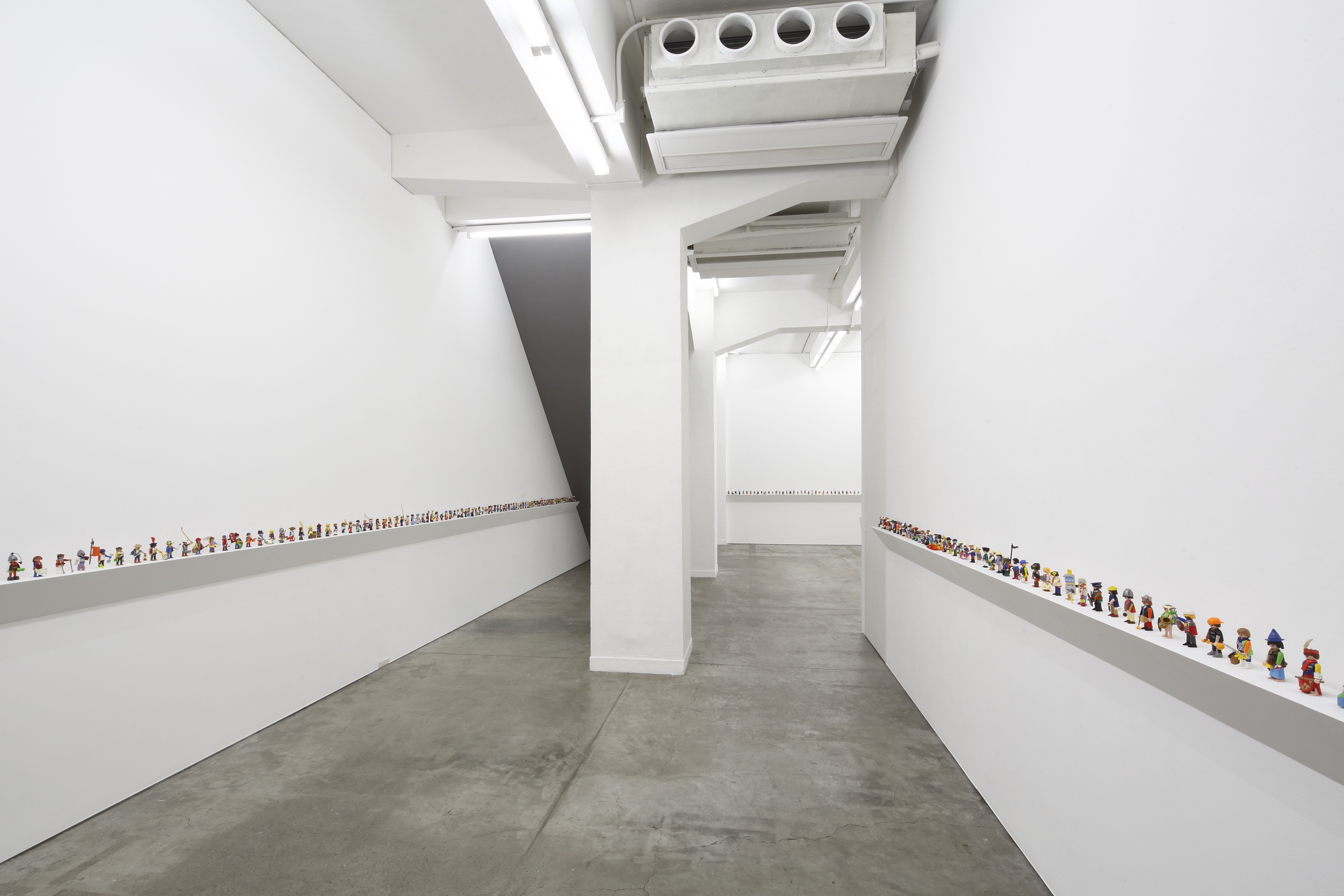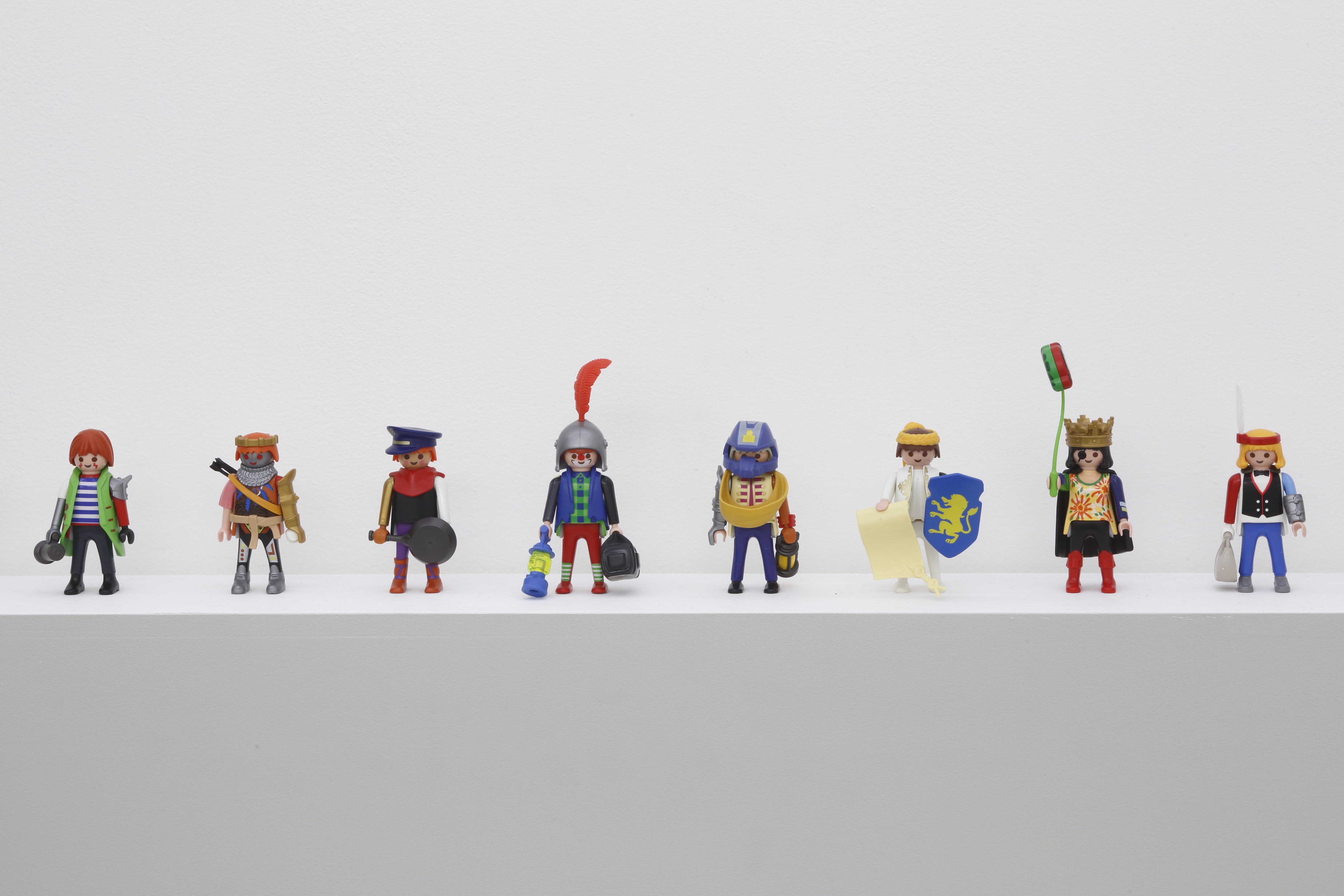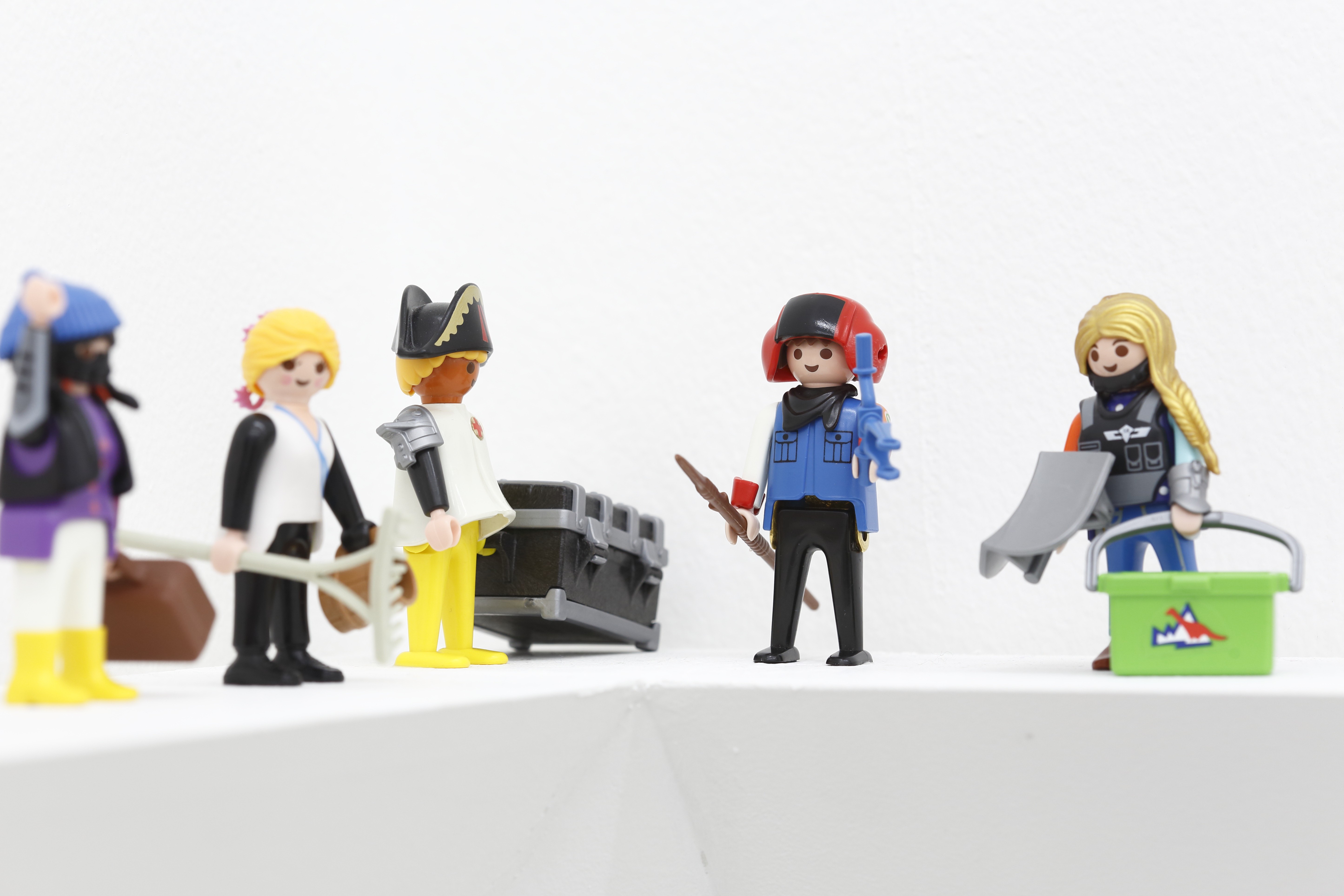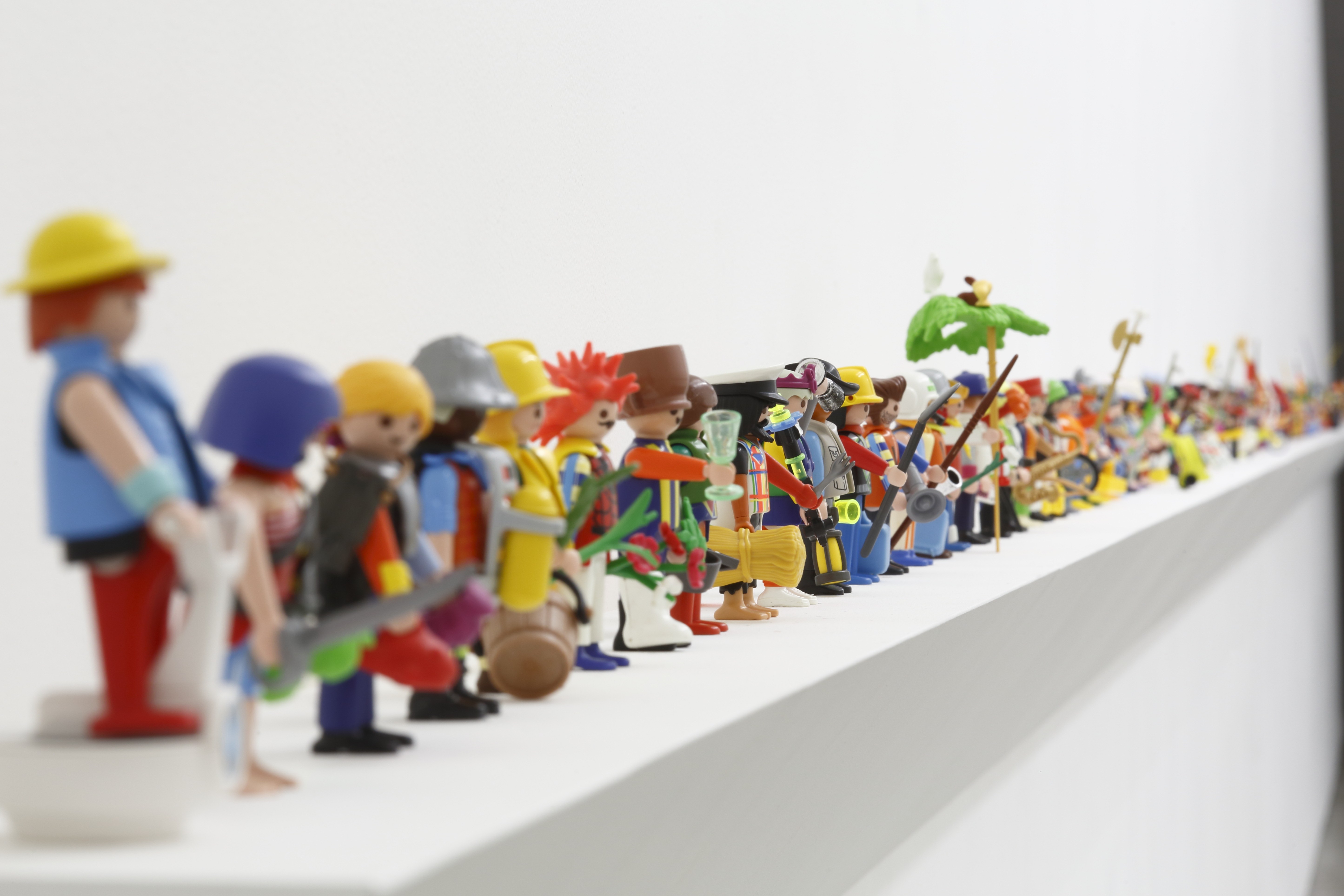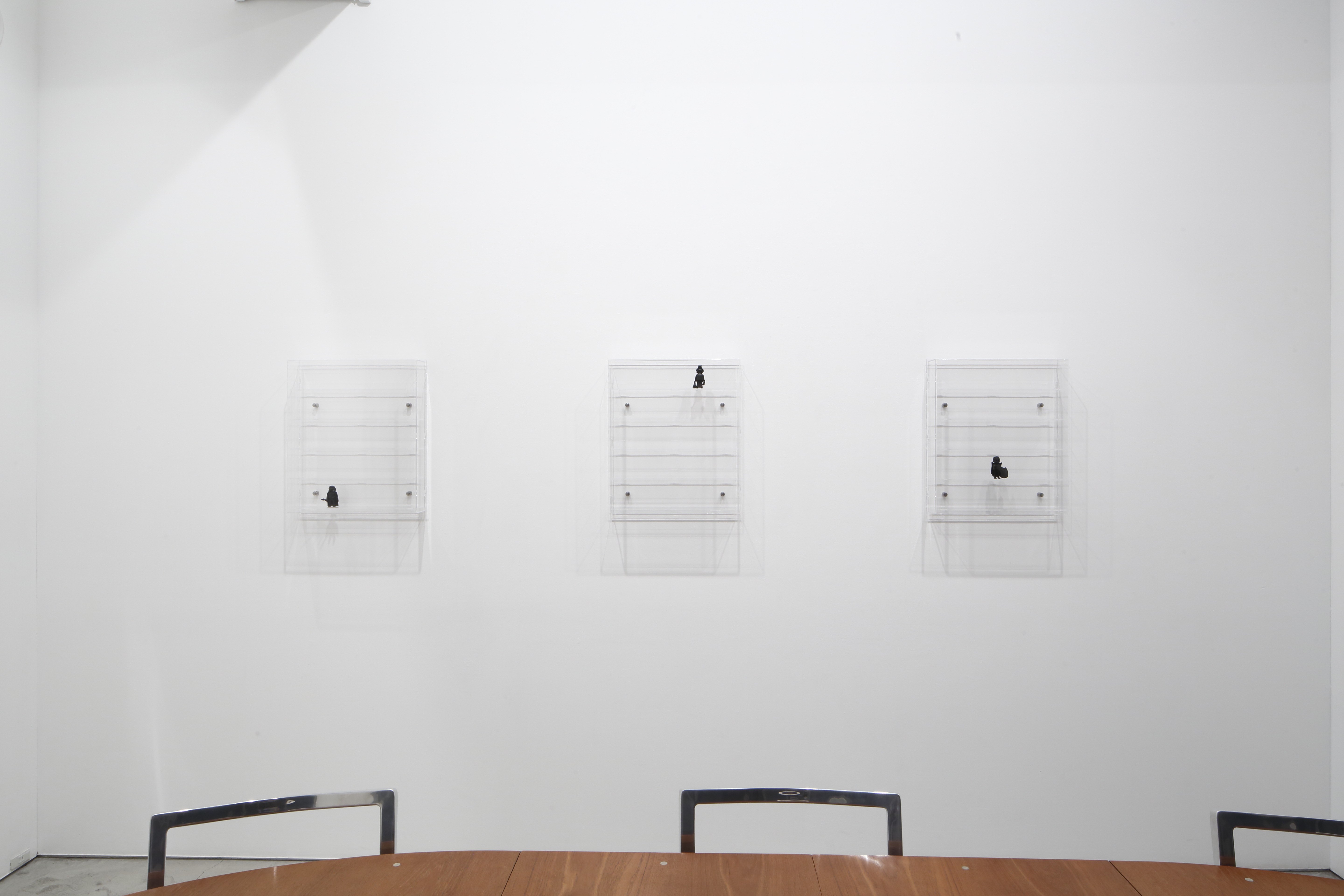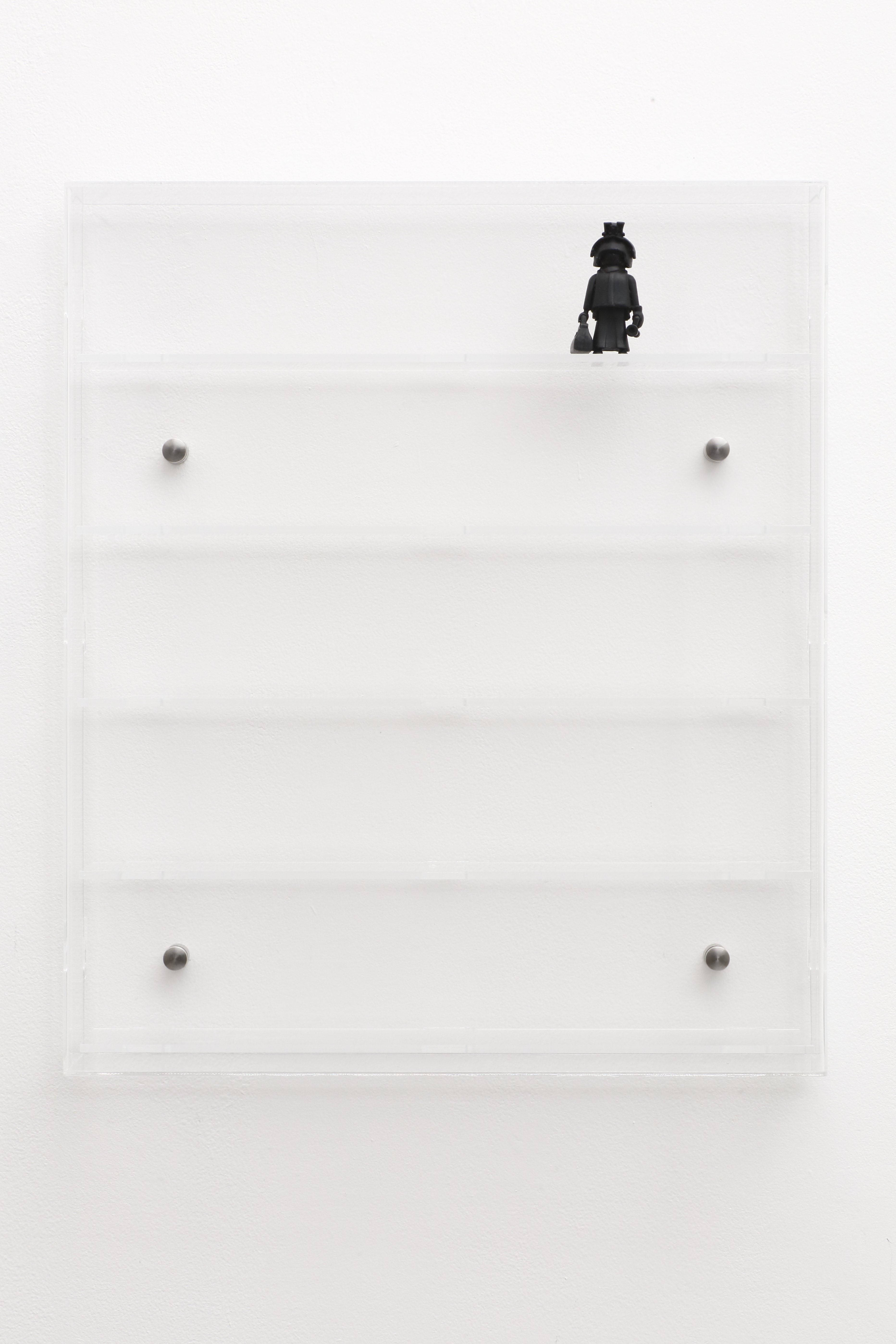TARO NASU is pleased to announce a solo exhibition “In practice simplicity has never been a problem” by Ryan Gander, starting from July 1st, 2016.
Ryan Gander
Born in Chester, UK in 1976. Lives and works in London, Suffolk.
His recent selected exhibitions include the traveling exhibition‘Make every show like it’s your last’ since 2013 (Vancouver Art Gallery (Vancouver, CA) OK Center for Contemporary Art (Linz, AT) in 2015 / CCA Derry (IN), Manchester Art Gallery(Manchester, UK) in 2014 / Frac i^le-de-France, (Le Plateau, Paris, FR) in 2013, and more),‘READ ONLY’ (Australian Centre for Contemporary Art, Melbourne, AU) in 2015 and ‘Fieldwork’ (Lisson Gallery, UK) in 2015. He worked as a curator at ‘Night in the Museum:Ryan Gander Curates the Arts Council Collection’ (Longside Gallery, UK)in 2016. Gander has also participated in numerous international exhibitions, such as documenta 13 in 2012, and the 9th Shanghai Biennale in 2012 and the 54th Vienna Biennale in 2011.
This exhibition will showcase Ryan Gander’s new installation work with playmobils.
Playmobil is a sectioned doll (figure) for children, popular all around the world as same as LEGO.
This playmobil is known as its simplicity to represent the human characters, considering their occupation, nationality and historical context. In this show, Ryan Gander presents 500 playmobils surrounding the exhibition room and 5 bronze statues resembling the playmobil. Each figure’s combination is different from normal playmobil, and this divergence makes us feel incongruity.
Playmobil’s design deals with the typological identity of people in the society and represents their external character. From this point of view, it can be said that their design is a translation of culture and individuality, kind of symbolic part.
The divergence of the design of each part makes it difficult to imagine the identity of those human-like figure.
This dissonance of recognition shakes our build up common sense for the human nature and culture.
